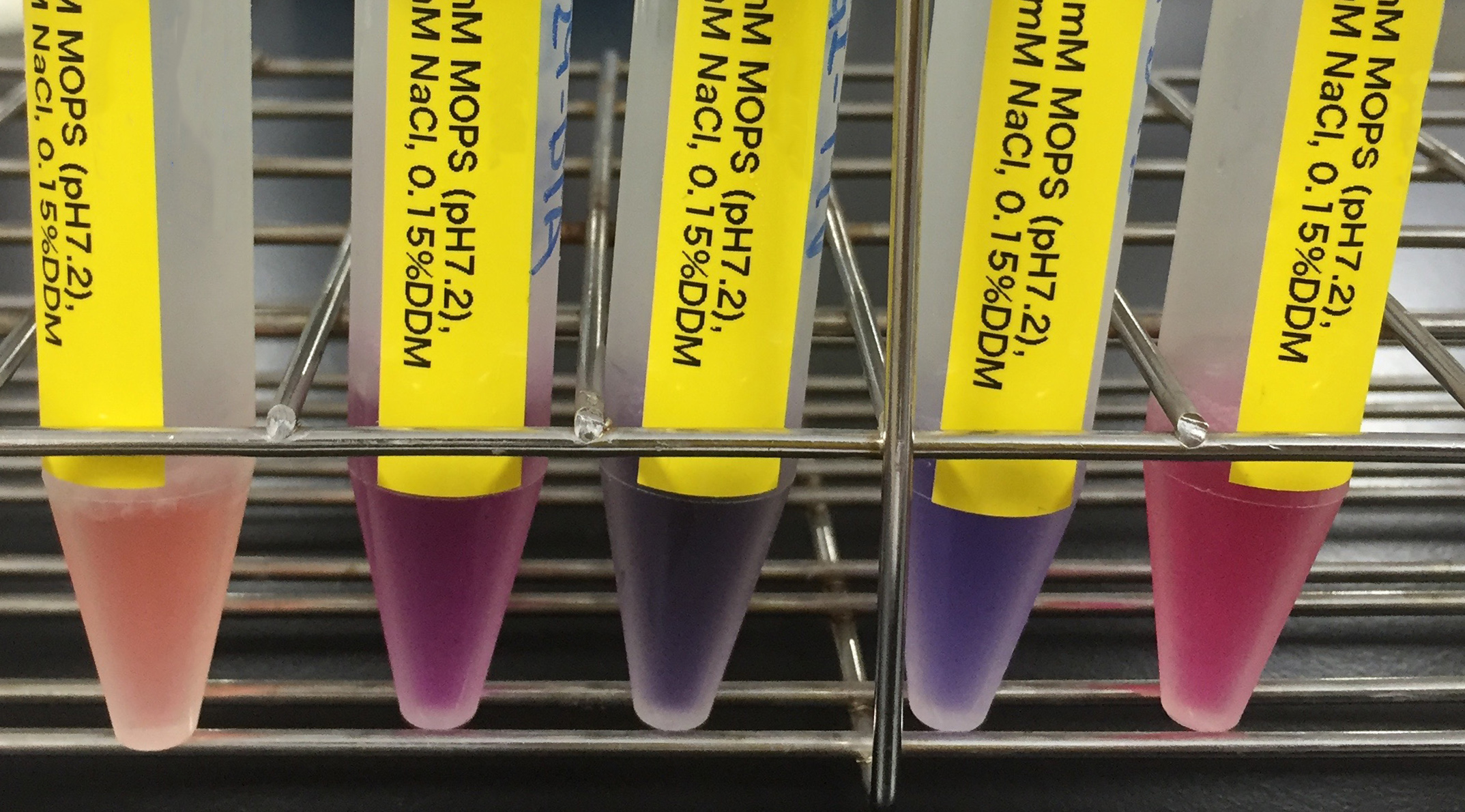PROJECT
Microbial rhodopsin

“Delicious Seafood” on Our Table: The Hidden Role of Marine Microbial Rhodopsins
Plankton and bacteria are the unsung heroes of the marine ecosystem, forming the foundation of the ocean’s intricate food web. These primary producers derive their energy primarily from organic matter generated through photosynthesis in the photic zone. However, a groundbreaking discovery in 2000 revealed an additional pathway: the identification of a novel photoreceptor gene called proteorhodopsin within the genomic fragment of the SAR86 bacterial group.
Further research has since unveiled that proteorhodopsin is widely distributed among marine bacteria and archaea. Acting as a light-driven proton pump, it captures solar energy to transport protons across cell membranes, creating a proton gradient that is subsequently converted into chemical energy. Remarkably, it is now estimated that over half of the prokaryotes inhabiting the ocean’s surface layer carry this gene. This raises an intriguing question: how much solar energy is funneled into marine ecosystems through the activity of proteorhodopsin? Understanding this is critical to comprehending energy dynamics in marine environments.
Our research group is dedicated to unraveling the sequence diversity and spatiotemporal dynamics of proteorhodopsinthrough metagenomic and metatranscriptomic analyses. Additionally, we are investigating the evolutionary history and physiological roles of the proteorhodopsin gene using large-scale comparative genomics and controlled culture experiments. By shedding light on this unique photoreceptor, we aim to deepen our understanding of its contribution to the marine ecosystem and its potential impact on the seafood that graces our tables.